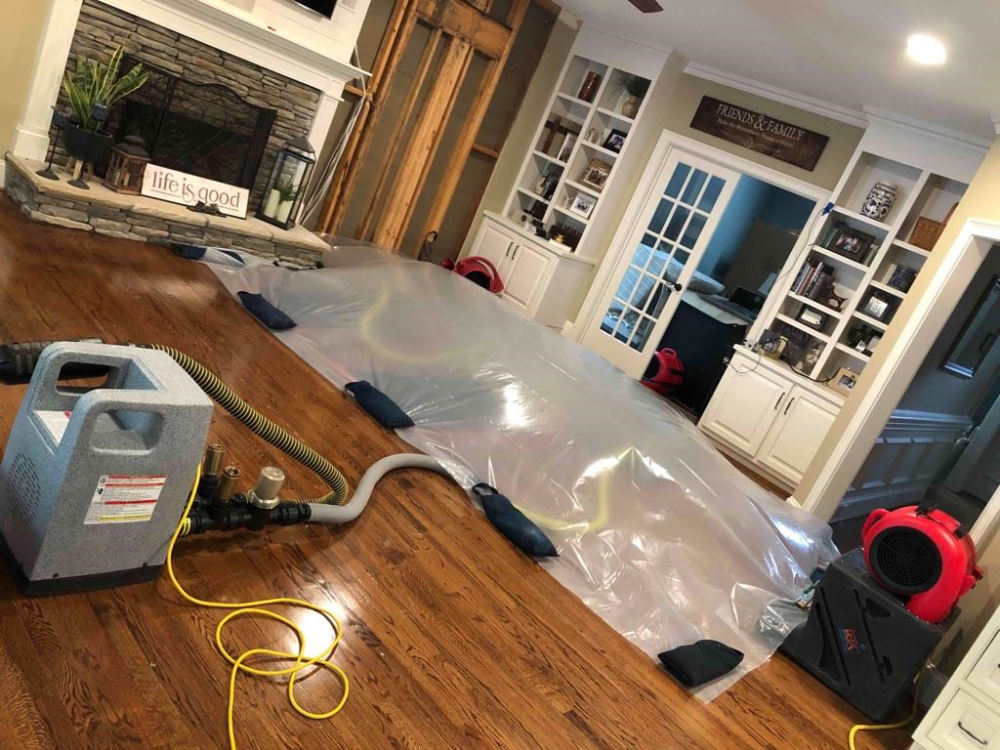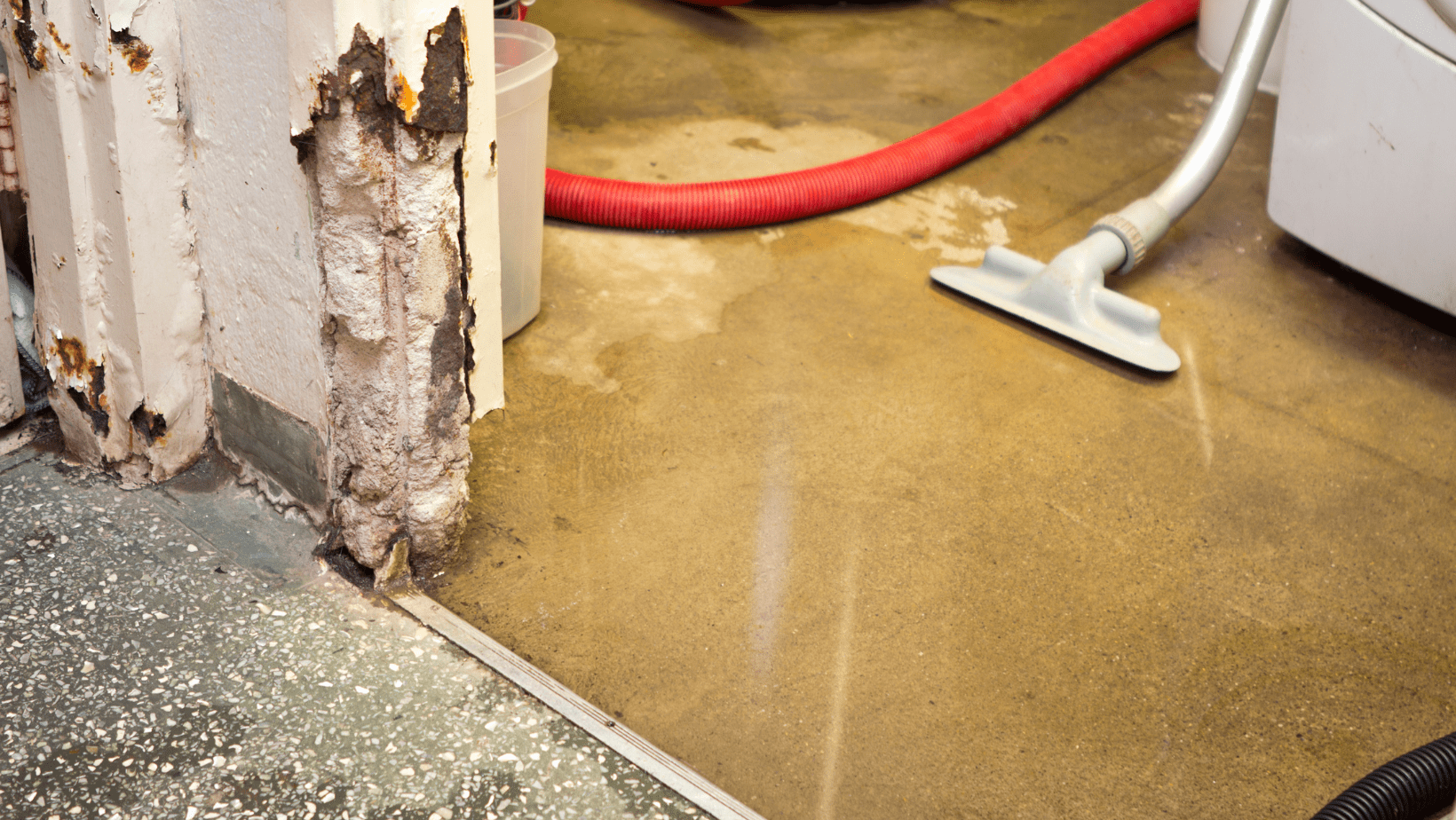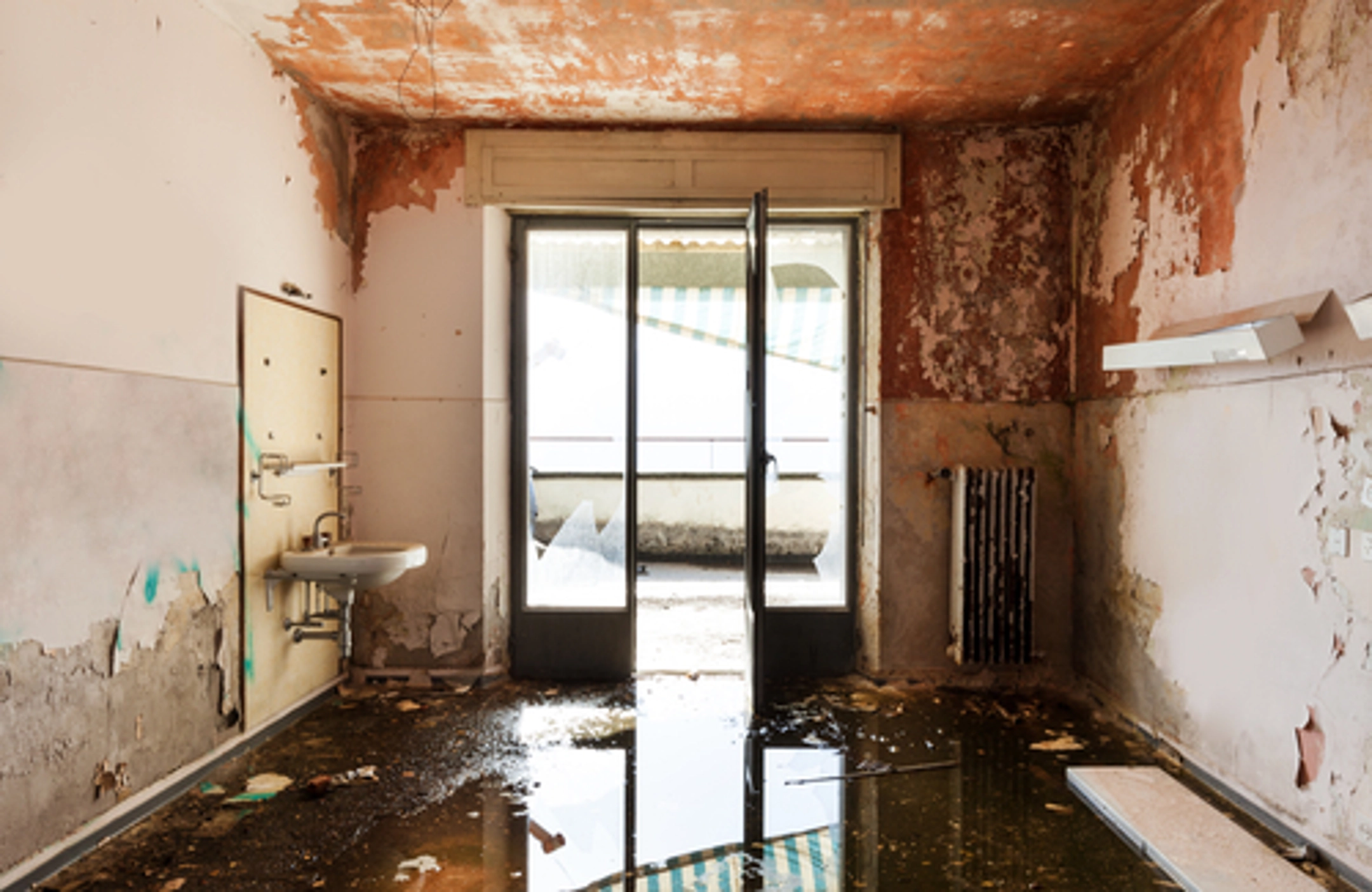How Water Damage Repair Protects Property Value Over Time
Wiki Article
Crucial Steps to Adhere To for Reliable Water Damage Restoration in Your Home
When faced with water damage in your home, knowing the vital actions for efficient repair can make all the distinction. You require to examine the damages and assurance safety and security before dealing with the problem. Quiting the resource of water is crucial, but it's just the beginning. There's a collection of actions you should take to safeguard your residential or commercial property from additional problems when you've taken care of that. Allow's explore what you ought to do following.Assess the Damages
The first action is to assess the damages extensively when you uncover water damages in your home. Begin by recognizing the source of the water invasion. Look for leakages, ruptured pipelines, or other concerns triggering the problem. Next, analyze the influenced areas for noticeable indications of damages, consisting of bending, mold, or staining development. Don't neglect to look in surprise places like behind walls or under flooring, as water can permeate into these areas unnoticed.Document the damage by taking clear pictures and notes. This will certainly help you when reviewing the situation with your insurance coverage provider or reconstruction experts. Take notice of the sort of materials impacted, as different products call for different restoration techniques. Finally, evaluate the level of the damages. Is it extensive or minor? Comprehending the extent will certainly lead you in determining whether to manage it on your own or contact the professionals for an extra considerable remediation process.
Ensure Safety
Prior to you begin any kind of repair job, ensuring your safety is essential. Assess the problem of your home. If the water's deep or if you discover electrical hazards, don't get in the area. Switch off the electricity and gas supply to avoid accidents. Use protective equipment like gloves, boots, and masks to secure yourself from pollutants or mold.It's important to remain knowledgeable about your environments; expect slippery surface areas and sharp items. If the water is from a sewer backup, treat it as hazardous waste. Maintain children and family pets far from influenced areas to avoid exposure.Once you have actually taken these safety measures, you can wage the remediation procedure. Remember, your safety comes first, and if you're ever before unclear, it's ideal to speak with an expert. Taking these steps will aid assure you're ready to tackle the restoration securely and properly.Stop the Resource of Water
After ensuring your security, the next action is to quit the resource of water. Determine where the leak is coming from. It could be a ruptured pipeline, a defective appliance, or also heavy rain getting in through a damaged roofing. If it's a plumbing concern, turn off the main water to your home to stop additional flooding. For home appliances, disconnect them and shut off their water valves.If the resource is outside, like rain, attempt to divert it away from your home making use of sandbags or other obstacles. For small leakages, you could be able to use tape or a sealer briefly up until a professional can fix it. Bear in mind, dealing with the source swiftly is essential to minimizing damages and preventing mold and mildew development. As soon as you have actually quit the water, you'll remain in a far better position to carry on to the following actions in the restoration procedure.
Get Rid Of Excess Water
Act promptly to get rid of excess water, as standing water can cause much more substantial damage and mold development. Gather your devices: a wet/dry vacuum cleaner, containers, and towels. If the water is superficial, you can make use of towels to absorb the wetness. For deeper water, a wet/dry vacuum is your best choice. Make certain to empty the vacuum cleaner regularly to stay clear of overflow.If the water is infected, like from a sewage backup, put on safety equipment, including gloves and masks, to keep on your own risk-free. Once you have actually removed as much water as possible, look for hidden pockets of wetness in edges and under furniture, as these can harbor mold.Don' t forget to shut off electrical appliances and power outlets in damp areas to avoid dangers. This first action is necessary in lessening damages and establishing the phase for an effective restoration process.Dry and Dehumidify the Area
Once you've gotten rid of the excess water, it's vital to dry and dehumidify the location thoroughly. Start by utilizing dehumidifiers efficiently to pull wetness out of the air and prevent mold growth. Watch on moisture levels to assure the area dries out totally.Remove Standing Water
To effectively deal with water damage, you require to concentrate on removing standing water as promptly as possible. Beginning by gathering required tools, like a wet/dry vacuum cleaner or a pump, relying on the volume of water. If the water is shallow, a vacuum cleaner must work. For larger quantities, a pump is much more reliable. While functioning, ensure to use protective equipment to maintain yourself safe from impurities. As you eliminate the water, take notice of hidden locations like under furnishings or in corners where water may collect. Your room will begin to dry out as soon as you have actually removed the majority. This action is vital, as sticking around water can bring about mold and mildew growth and a lot more extensive damage.Usage Dehumidifiers Effectively
Exactly how can you effectively utilize dehumidifiers to dry and evaporate your space? Begin by positioning your dehumidifier in the most damaged area, ideally where water damages is most serious. Ensure to close all doors and windows to develop a closed atmosphere. Activate the dehumidifier and established it to the ideal moisture level, typically around 30-50%. Vacant the water collection tank frequently, or take into consideration making use of a design with a constant drainage alternative for ease. Ideally, utilize followers to enhance air movement, assisting the dehumidifier work a lot more efficiently. Maintain the dehumidifier running until you're positive that the location is completely dried, avoiding mold and mildew growth and extra damages (Smoke Damage Restoration). This step is necessary for effective water damage reconstructionDisplay Humidity Degrees
Tracking humidity degrees is crucial during the drying out process, as it assists guarantee your area continues to be complimentary from excess dampness. Invest in a reputable hygrometer to track moisture precisely. Preferably, you intend to preserve levels in between 30% and 50%. You might require to readjust your dehumidifiers or followers to improve air flow if moisture analyses increase over this variety. Check the readings regularly, especially in locations vulnerable to moisture, like shower rooms or cellars. Think about boosting ventilation or utilizing extra dehumidifiers if you observe consistent high moisture. Staying on top of these degrees not just quickens the drying out process yet likewise prevents mold and mildew development, ensuring your home remains secure and comfy.Tidy and Disinfect Affected Surfaces

Restore and Repair Your Home
After cleansing and disinfecting the impacted locations, it's time to bring back and repair your home. Begin by click here evaluating the damages. Look for structural concerns, like damaged walls or floorings, and resolve any type of required fixings. Replacing damaged drywall or floor covering is necessary for both appearances and safety.If your furnishings or possessions were influenced, consider whether they can be recovered or require substitute. Clean or skillfully bring back items where possible.Next, repaint walls and touch up any areas that need attention. This not only improves appearance but additionally protects surface areas from future water damage.Don' t neglect to examine your pipes and devices for leaks, guaranteeing every little thing's functioning appropriately. Lastly, think about installing a dehumidifier to protect against future wetness concerns. By taking these steps, you'll recover your home to its former splendor and develop a much safer living environment.Often Asked Concerns
Just How Lengthy Does Water Damage Repair Usually Take?
Water damage repair generally takes anywhere from a few days to a number of weeks, depending on the degree of the damages (Flood Damage Restoration). You'll want to assess the circumstance rapidly to decrease additional complications and assure correct restorationWill My Insurance Cover Water Damage Reconstruction Expenses?
Your insurance policy might cover water damages repair prices, but it depends upon your policy. Examine your insurance coverage information and contact your insurance coverage representative to clarify what's consisted of and what you need to sue.
Can I Handle Water Damage Restoration Myself?
You can take care of water damage repair on your own, but it's vital to examine the scenario. If it's considerable, you may intend to call experts. Always prioritize safety and security and guarantee you have actually got the right devices.What Are the Indications of Hidden Water Damages?
You could notice indications of surprise water damages like warped wall surfaces, mildewy odors, or staining. If your floorings really feel squishy or you spot mold, it's time to investigate even more before the situation aggravates.Exactly How Can I Prevent Future Water Damage in My Home?
To stop future water damages in your house, you should consistently inspect pipes, seal fractures, preserve gutters, and warranty proper water drainage. Installing a sump pump and dampness obstacles can likewise help maintain your space completely dry. When you discover water damages in your home, the initial step is to evaluate the damage extensively. Act swiftly to remove excess water, as standing water can lead to more substantial damage and mold growth. To properly tackle water damage, you need to focus on eliminating standing water as promptly as possible. As you get rid of the water, pay interest to concealed areas like under furnishings or in edges where water could accumulate. Water damage restoration normally takes anywhere from a few days to numerous weeks, depending on the degree of the damages.Report this wiki page